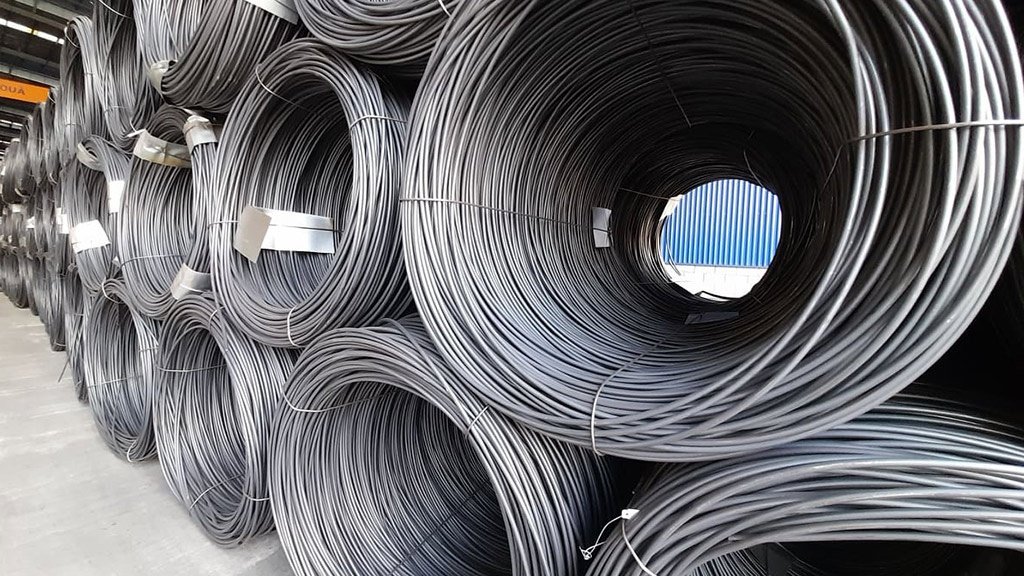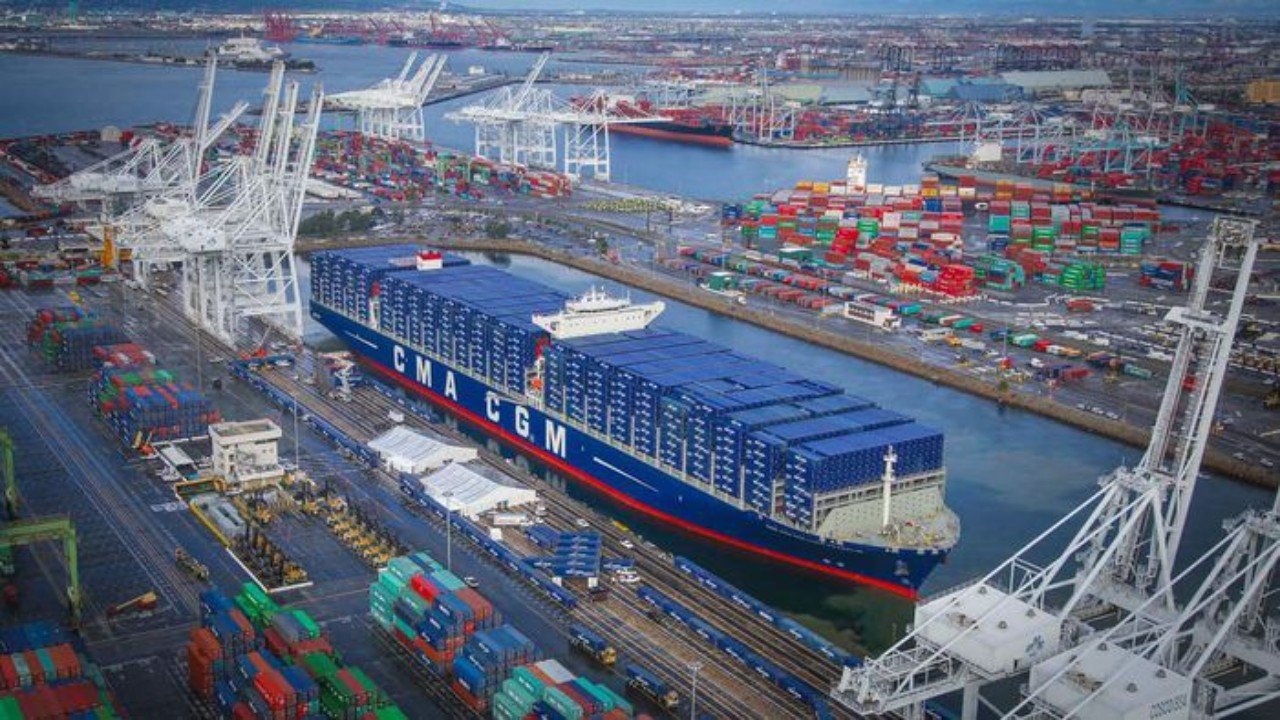“Inflation” of raw material prices
The most important raw materials that make up a solar power device include polysilicon, steel, aluminum, semiconductor chips, copper and other metals. However, since the beginning of the year, these components have increasingly fallen into a shortage of supply and sky-high prices.
Specifically, the prices of metal commodities such as steel, aluminum, and copper on the global market have more than doubled since the pandemic began. In particular, the price of US hot-rolled coil has touched $1.500/ton (May 6), a record high in the past 20 years, after bottoming at around $460 at the end of last year. Along with that, the price of steel often accounts for two-thirds of the value of a solar device. As a result, the prices of solar racks and trackers have been pushed to sky-high levels, and shortages are getting worse.

Elsewhere, the chip industry is going through the most crisis ever when chip supply is in short supply on a global scale. Besides, due to the specificity of the industry, the supply and demand situation of polysilicon has rarely reached equilibrium, while this item has doubled since the beginning of the year.
The cost of input materials has put a lot of pressure on US solar investors, especially for projects that have signed contracts before.
Delay in delivery
Besides high commodity prices, delivery delays are the next major factor impacting the US solar industry.
Since the beginning of this year, the world has faced a serious container imbalance. Specifically, in the Asian market, there has been a widespread shortage of containers, while ports in Europe or the US are often congested. This has pushed container rates to an all-time high, leading to more frequent delays in deliveries, especially for shipments from China and Southeast Asia to the US and Europe.

Meanwhile, most of the US supply of iron, steel, and aluminum is imported from Asian markets. Therefore, the cost of raw materials for manufacturers has increased significantly when there is a shortage of goods in Asia. In addition, many factories reported delays in installing solar energy systems because raw materials did not arrive on time, which increased waiting for costs such as idle labor costs or operating costs.
Impact on the US solar industry
Under the dual impact of material prices and delivery times, the US solar industry is forecast to suffer heavy consequences. Especially small-scale power projects, because these projects have been promoted on a large scale before.
It is known that owners of solar power projects have had to re-negotiate with investors about power purchase agreements (PPAs) to increase prices or delay installation deadlines. However, efforts to renegotiate the PPA are unlikely in a hyper-competitive industry environment such as the power supply industry.
For now, the increase in costs is just beginning to affect installers and project owners because of the change in latency, but many experts say that consumers are the ones who ultimately bear the brunt of the cost of this fee.
Huyen Tran













